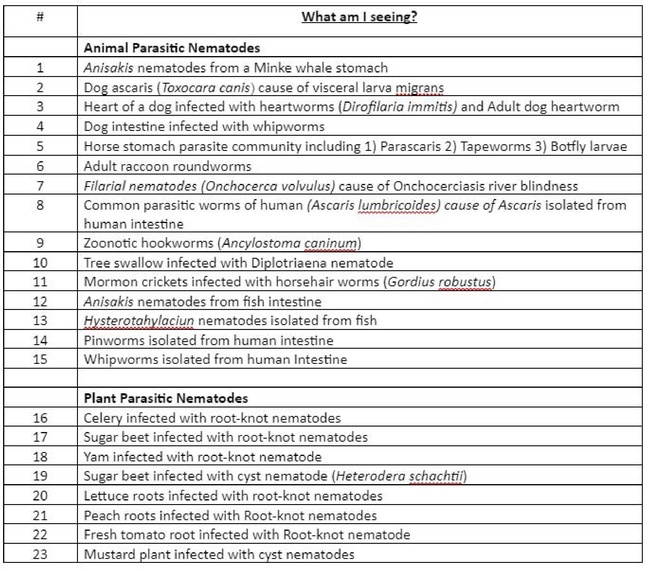- Author: Kathy Keatley Garvey

The Nematode Collection, showcased in the Katherine Esau Science Hall, drew hundreds of visitors wanting to know more about the organism commonly known as "roundworm."
Nematologist Shahid Siddique, associate professor, UC Davis Department of Entomology and Nematology, and Alison Blundell, a doctoral candidate in Plant Pathology, coordinated the displays.
The collection highlighted both animal and plant parasitic nematodes. Visitors examined the preserved specimens and watched the movement of live free-living C. elegans (good nematodes) via a microscope.
Among the displays:
Animal Parasitic Nematodes: Anisakis nematodes from a Minke whale stomach, heart of a dog infected with heartworms; dog intestine infected with whipworms; a horse stomach parasite community including Parascaris, tapeworms and botfly larvae; adult raccoon roundworms; tree swallow infected with Diplotriaena nematode; and whipworms isolated from the human intestine.
Plant Parasitic Nematodes: Celery, sugar beet, and yam infected with root-knot nematodes; fresh tomato root infected with root-knot nematodes, and a mustard plant infected with cyst nematodes.
"Plant-parasitic nematodes are destructive pests causing losses of billions of dollars annually," Siddique writes on his website. "Economic, health, and environmental considerations make natural host plant resistance a preferred strategy for nematode control, but there are limitations to this approach. In many cases, the resistance conferred by resistance genes is partial, and some of the nematodes are able to survive. Similarly, nematode resistance genes are often effective against only one or a few species, whereas plants are exposed to several pathogens in the field. Another concern is the emergence of pathotypes that can overcome resistance. In view of all these limitations, it is important to identify additional mechanisms and tools that can be used to develop novel and sustainable approaches to the management of nematodes."
Research in the Siddique lab focuses on basic as well as applied aspects of interaction between parasitic nematodes and their host plants. "The long-term object of our research is not only to enhance our understanding of molecular aspects of plant–nematode interaction but also to use this knowledge to provide new resources for reducing the impact of nematodes on crop plants in California," he says.
The 13th annual Biodiversity Museum Day featured 10 museums or collections: Anthropology Museum, Arboretum and Public Garden, Bohart Museum of Entomology, Botanical Conservatory, California Raptor Center, Center for Plant Diversity, Nematode Collection, Museum of Wildlife and Fish Biology, Paleontology Collection, and Phaff Yeast Culture Collection.
Chairing the UC Davis Biodiversity Museum Committee: Tabatha Yang, education and outreach coordinator of the Bohart Museum.
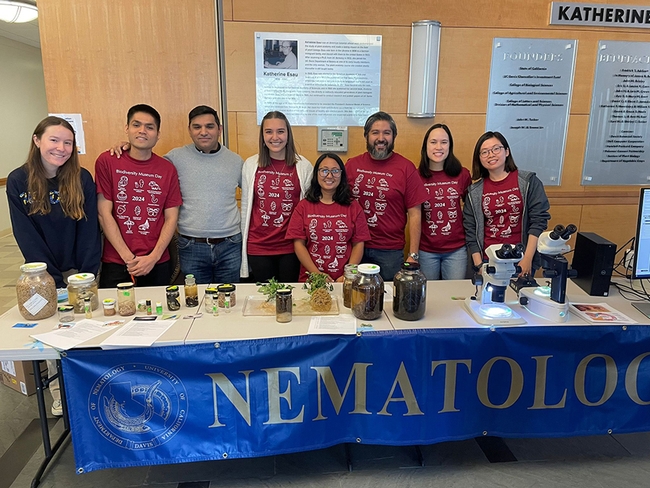
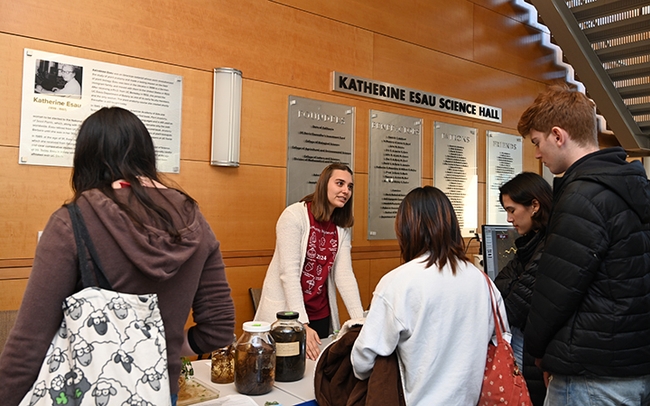
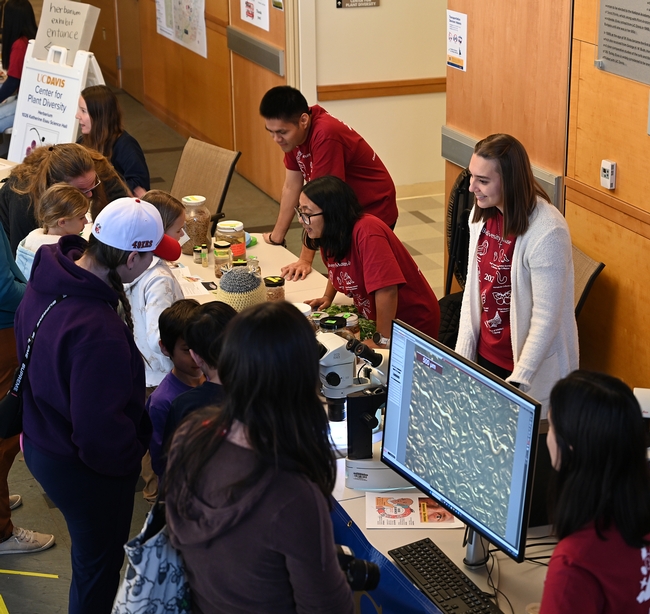
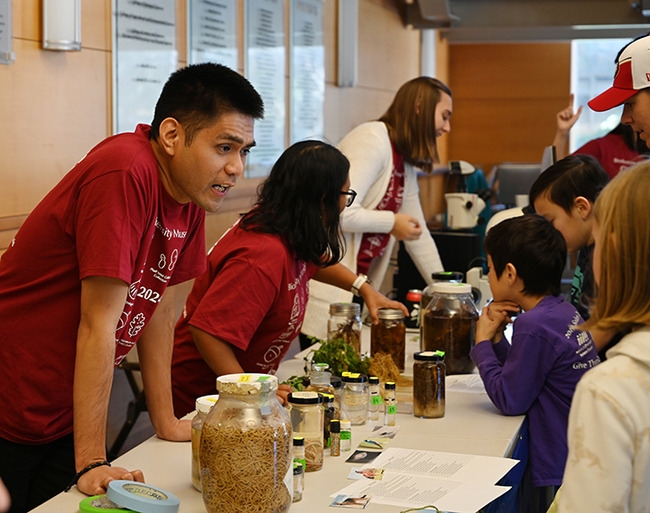
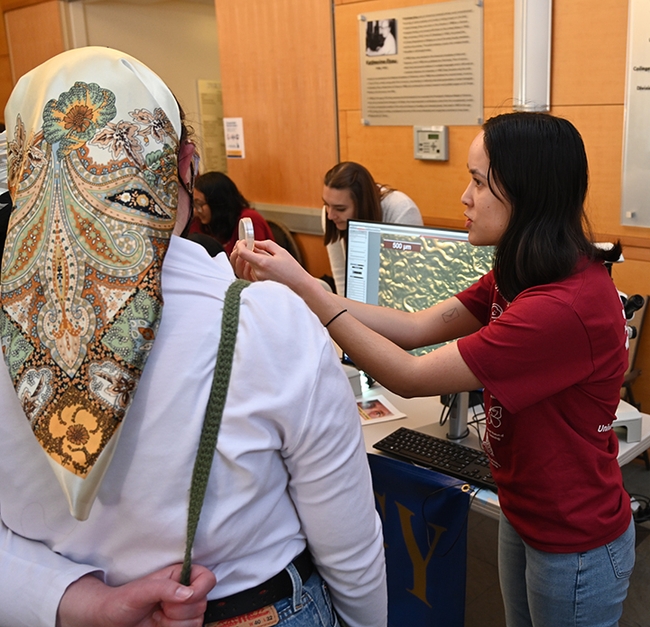
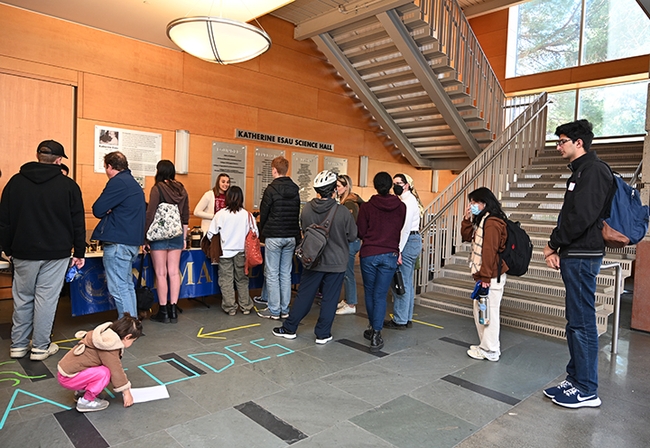
- Author: Kathy Keatley Garvey
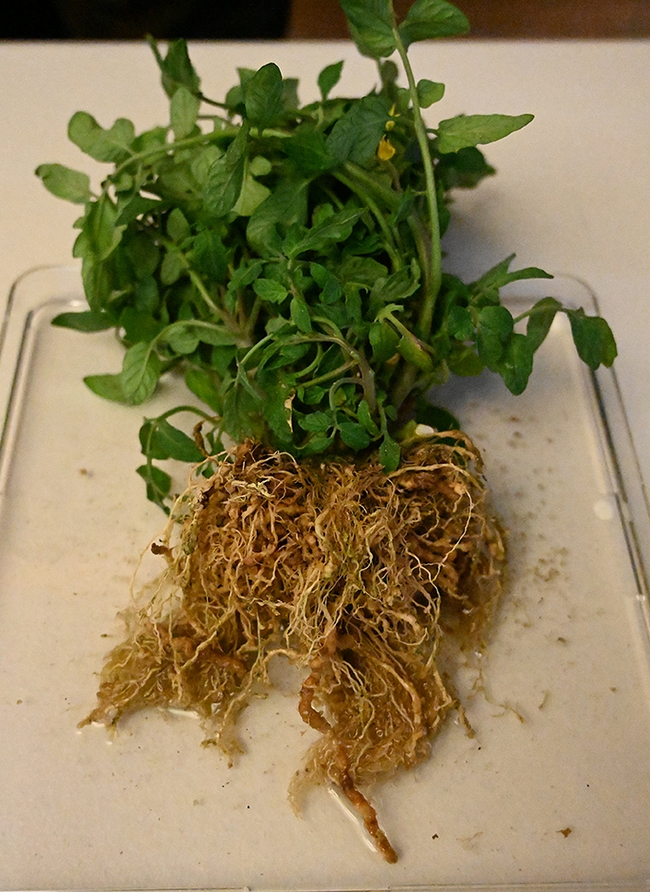
You'll see specimens and get to talk to nematologists during the 13th annual UC Davis Biodiversity Museum Day on Saturday, Feb. 10. The free and family friendly event, known as “Super Science Day," will showcase 10 museums or collections.
The nematode collection, headed by Shahid Siddique, associate professor, Department of Entomology and Nematology, will be open from 10 a.m. to 2 p.m.. in the Katherine Esau Science Hall, off Kleiber Hall Drive.
“Our collection will highlight both animal and plant parasitic nematodes,” said graduate student Alison Blundell of the Siddique lab. “We will have mostly all preserved specimens from our nematode collection for the community to look at, and some live free-living (good nematodes) under the microscope for viewing. We hope to inspire people to understand what a nematode is and how they can impact their own lives!”
“We will have preserved specimens of common crops and plants you see in your garden infected with nematodes,” she added. “We also plan to have live C. elegans (Caenorhabditis elegans) to watch how they move through the environment. Come talk to experts in the field and see why worms are cool and you will receive a cool magic worm to take home as well!”
What visitors can expect to see:
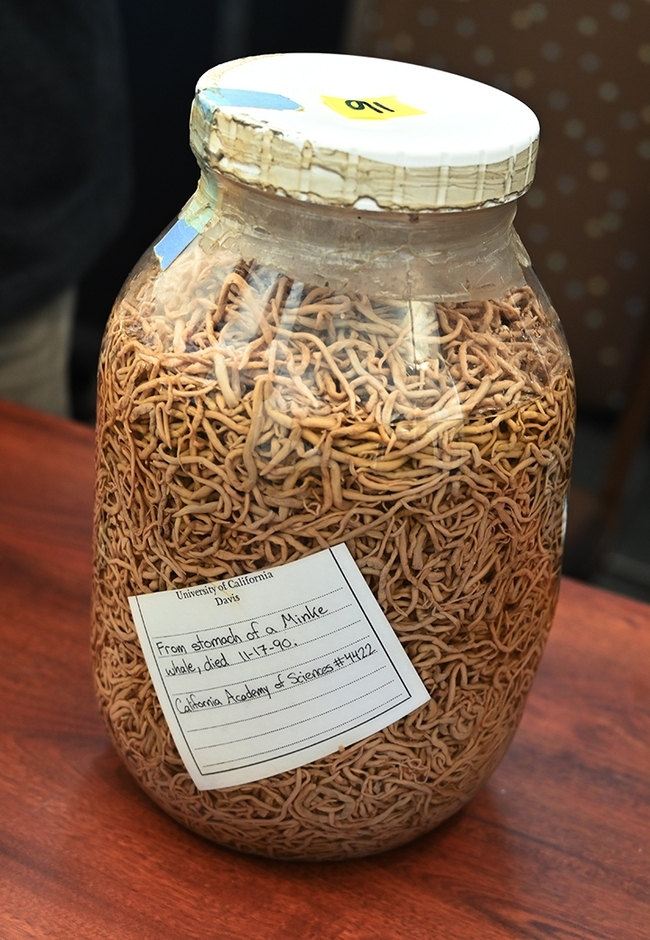
- Anthropology Museum, 328 Young Hall and grounds, open from noon to 4 p.m.
- Arboretum and Public Garden, Habitat Gardens in the Environmental GATEway, adjacent to the Arboretum Teaching Nursery on Garrod Drive, 10 a.m. to 2 p.m.
- Bohart Museum of Entomology, Room 1124 and main hall of the Academic Surge Building, 455 Crocker Lane, 10 a.m. to 2 p.m.
- Botanical Conservatory, the greenhouses along Kleiber Hall Drive, 10 a.m. to 2 p.m.
- California Raptor Center, 1340 Equine Lane, off Old Davis Road, 9 a.m. to 3 p.m.
- Center for Plant Diversity, Katherine Esau Science Hall off Kleiber Hall Drive, 10 a.m. to 2 p.m.
- Nematode Collection (part of the UC Davis Department of Entomology and Nematology), Katherine Esau Science Hall, off Kleiber Hall Drive, 10 am. to 2 p.m.
- Museum of Wildlife and Fish Biology, Room 1394, Academic Surge Building, 455 Crocker Lane, 10 a.m. to 2 p.m.
- Paleontology Collection, Department of Earth and Planetary Sciences, 1309 Earth and Physical Sciences Building, 434 LaRue Road, 10 a.m. to 2 p.m.
- Phaff Yeast Culture Collection, Robert Mondavi Institute Brewery and Food Processing facility, Old Davis Road, 10 a.m. to 2 p.m.
Last year's Biodiversity Museum Day drew some 4000 people, said chair Tabatha Yang, education and outreach coordinator for the Bohart of Museum of Entomology who co-founded the event.
"Traditionally UC Davis Biodiversity Museum Day is a free, educational event for the community where visitors get to connect with UC Davis scientists from undergraduate students to staff to emeritus professors," Yang posted on the website. "In 2021, we pivoted to a month-long, virtual program. In 2022, also because of COVID regulations, we held the event in the UC Davis Conference Center as an 'expo.' In 2023 and again this year in 2024 we continued to maintain that spirit and were excited to have the event in our near our home departments."
See Biodiversity Museum Day website for more information and to download a map, which shows free parking spaces.
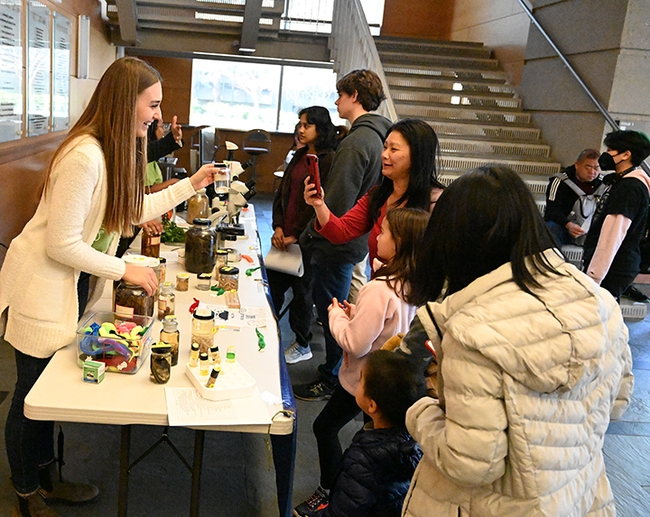
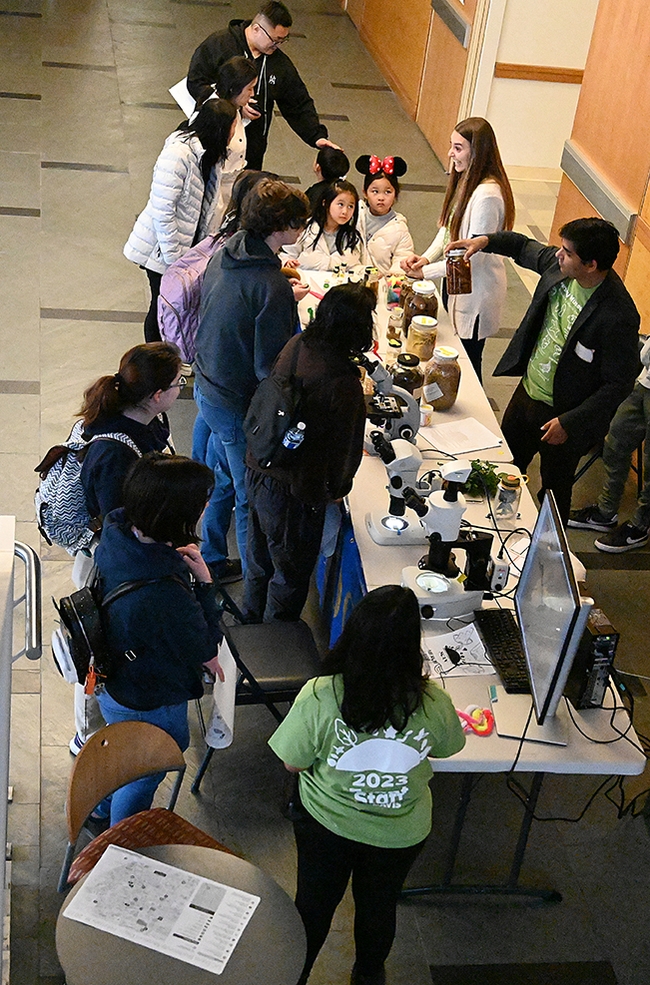
- Author: Kathy Keatley Garvey
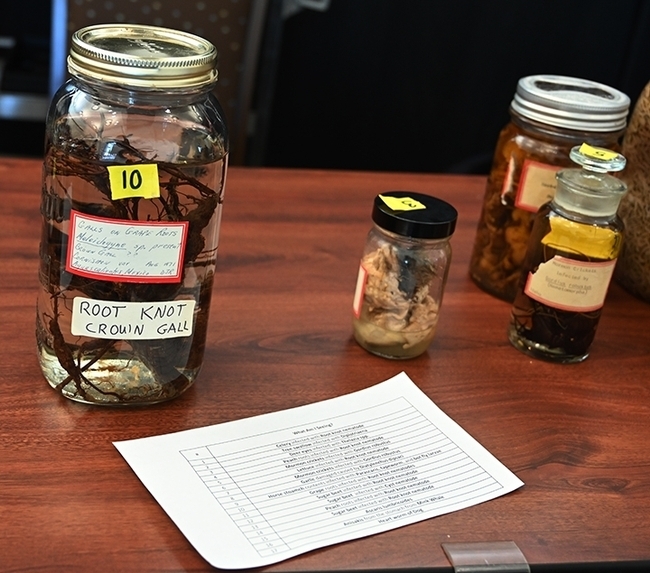
Plans are underway for the 13th annual UC Davis Biodiversity Museum Day, a free "Super Science Day" for the public to see science in action and learn about 10 UC Davis museums and collections.
The event is set for Saturday, Feb. 10, the weekend before Presidents' Day weekend.
Participating will be:
- Anthropology Museum, 328 Young Hall and grounds, open from noon to 4 p.m.
- Arboretum and Public Garden, Habitat Gardens in the Environmental GATEway, adjacent to the Arboretum Teaching Nursery on Garrod Drive, 10 a.m. to 2 p.m.
- Bohart Museum of Entomology, Room 1124 and main hall of the Academic Surge Building, 455 Crocker Lane, 10 a.m. to 2 p.m.
- Botanical Conservatory, the greenhouses along Kleiber Hall Drive, 10 a.m. to 2 p.m.
- California Raptor Center, 1340 Equine Lane, off Old Davis Road, 9 a.m. to 3 p.m.
- Center for Plant Diversity, Katherine Esau Science Hall off Kleiber Hall Drive, 10 a.m. to 2 p.m.
- Nematode Collection, Katherine Esau Science Hall, off Kleiber Hall Drive, 10 am. to 2 p.m..
- Museum of Wildlife and Fish Biology, Room 1394, Academic Surge Building, 455 Crocker Lane, 10 a.m. to 2 p.m.
- Paleontology Collection, Department of Earth and Planetary Sciences, 1309 Earth and Physical Sciences Building, 434 LaRue Road, 10 a.m. to 2 p.m.
- Phaff Yeast Culture Collection, Robert Mondavi Institute Brewery and Food Processing facility, Old Davis Road, 10 a.m. to 2 p.m.
Each year more than 200 volunteers--students, staff and faculty--from across campus help more 4,000 visitors--including other UC Davis students, staff and faculty--"learn about biodiversity through our amazing biological collections," said UC Davis Biodiversity Museum Day chair Tabatha Yang, education and outreach coordinator for the Bohart Museum of Entomology.
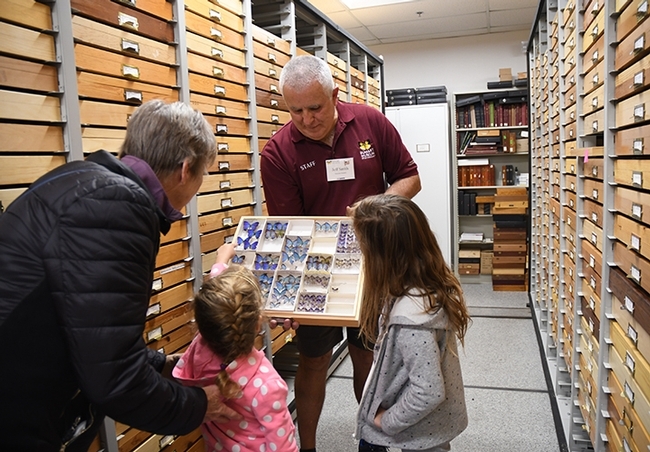
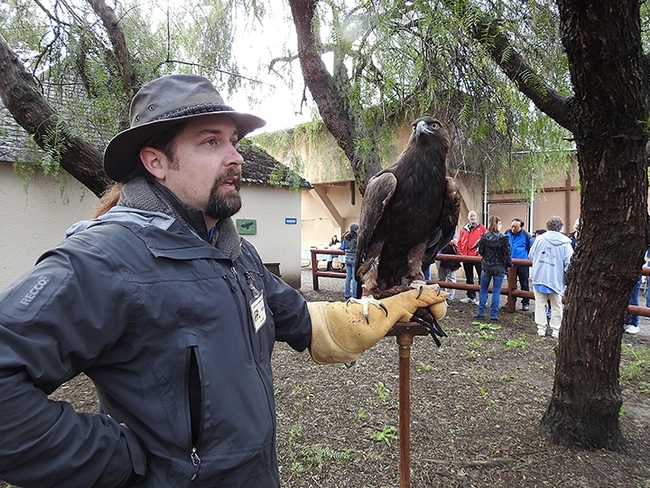
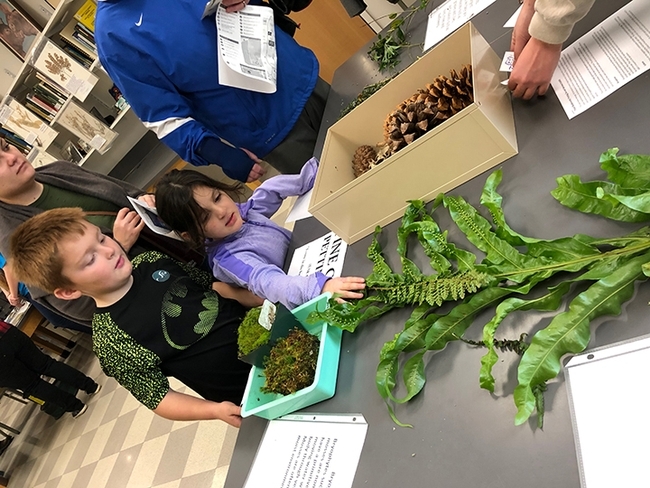
- Author: Kathy Keatley Garvey
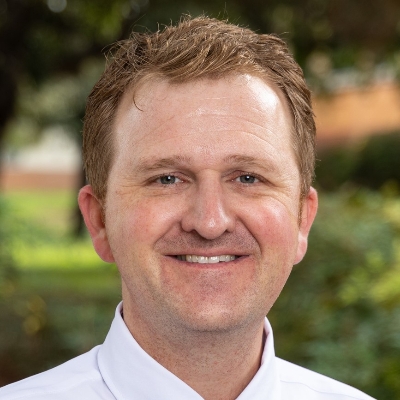
Dillman, professor and chair of the UCR Department of Nematology, will share his research in a presentation titled "Nematode Parasitism of Insects with Toxic Cardenolides," hosted by the UC Davis Department of Entomology and Nematology at 4:10 p.m., Monday, Jan. 8.
His seminar will be in Room 122 of Briggs Hall and also will be on Zoom. The Zoom link: https://ucdavis.zoom.us/j/95882849672. Associate professor and nematologist Shahid Siddique of the Department of Entomology and Nematology is the host.
Dillman holds a bachelor's degree in microbiology from Brigham Young University (2006) and a doctorate in genetics (2013) from the California Institute of Technology.
The abstract of his UC Davis seminar: 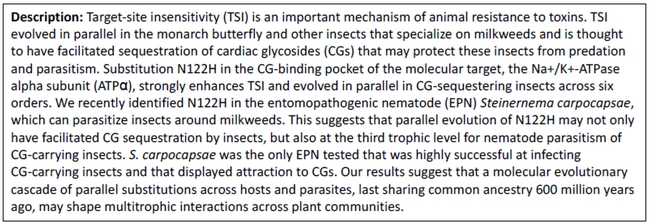
Known as an excellent investigator and teacher, Dillman won the 2022 UCR Chancellor's Award for Excellence in Undergraduate Research and Creative Achievement; the 2021 Award for Excellence in Teaching from the Society of Nematologists, and a 2020 Outstanding Investigator Award, Maximizing Investigators' Research Award (MIRA).
Check out his lab page that details his research and his guest spot on an episode on the podcast Something Offbeat. He he discussed a scientific article on a case of Ophidascaris robertsi infection in a human brain.
Seminar coordinator is Brian Johnson, associate professor, UC Davis Department of Entomology and Nematology. For Zoom technical issues, he may be reached at brnjohnson@ucdavis.edu. The complete list of winter seminars will be posted soon.
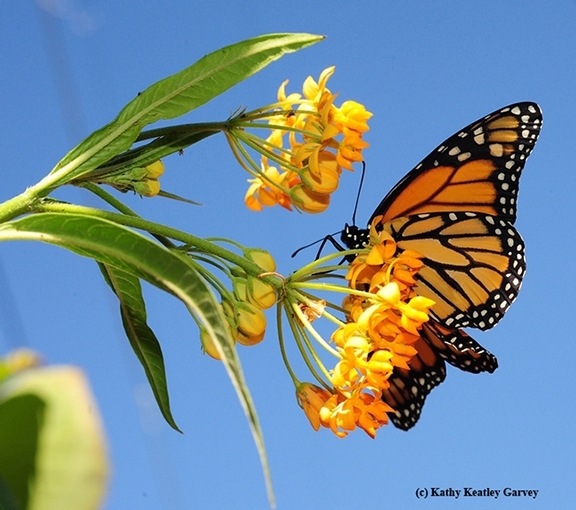
- Author: Kathy Keatley Garvey

French evolutionary biologist Etienne GJ Danchin will discuss that topic at a seminar on Monday, Nov. 20, hosted by the UC Davis Department of Entomology and Nematology.
The seminar is from 4:10 to 5 p.m. in Room 122 of Briggs Hall. It also will be on Zoom. The Zoom link:
https://ucdavis.zoom.us/j/95882849672
Danchin, known for his work on genomics and adaptive molecular evolution, is with INRAE (French National Research Institute for Agriculture, Food and Environment) and is a senior scientist and scientific leader of the GAME team (Genomics and Adaptive Molecular Evolution) at ISA (Institut Sophia Agrobiotech), in Sophia-Antipolis, on the French Riviera.
"Root-knot nematodes are devastating plant parasites of worldwide importance. Interestingly, species that cause most damages reproduce entirely asexually," he writes in his abstract. "These nematodes are extremely polyphagous and have a wide geographic range. Theoretically, in the absence of sexual recombination animal species have lower adaptive potential and are predicted to undergo genome decay. To investigate how these species can be successful parasites on many hosts and in many places around the world, we have sequenced and analyzed their genomes. Out analysis confirmed these species are polyploid hybrids and the combination of several genotypes from different species might provide them with a general-purpose genotype. However, this does not explain how with a theoretically fixed genotype these species are able to overcome resistance genes or adapt to a new host. Therefore, we analyzed genomic variability across different populations and the possible mechanisms underlying genomic variations. In this presentation, I will provide an overview of our findings."
Etienne holds a doctorate in reproductive biology from the University of Paris (1980). He says on his website: "I am an evolutionary biologist working with genomes. I try to make biological sense of genomic singularities observed through comparative genomics. I have a special interest in plant parasites and I use bioinformatics as a tool to perform this research."
He lists his main research interests as:
- The impact of non tree-like evolution such as horizontal gene transfers and hybridization on species biology
- Evolution and adaptation of animals in the absence of sexual reproduction and the underlying mechanisms
- Genomic signatures of adaptation to a parasitic life-style
Seminar coordinator is Brian Johnson, associate professor, UC Davis Department of Entomology and Nematology. For Zoom technical issues, he may be reached at brnjohnson@ucdavis.edu. The list of seminars is posted here.

